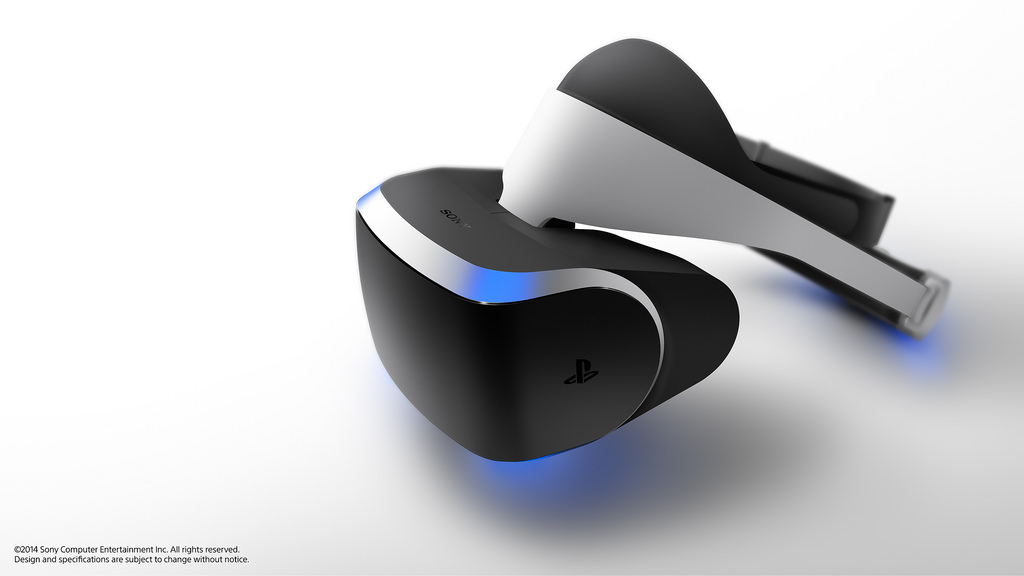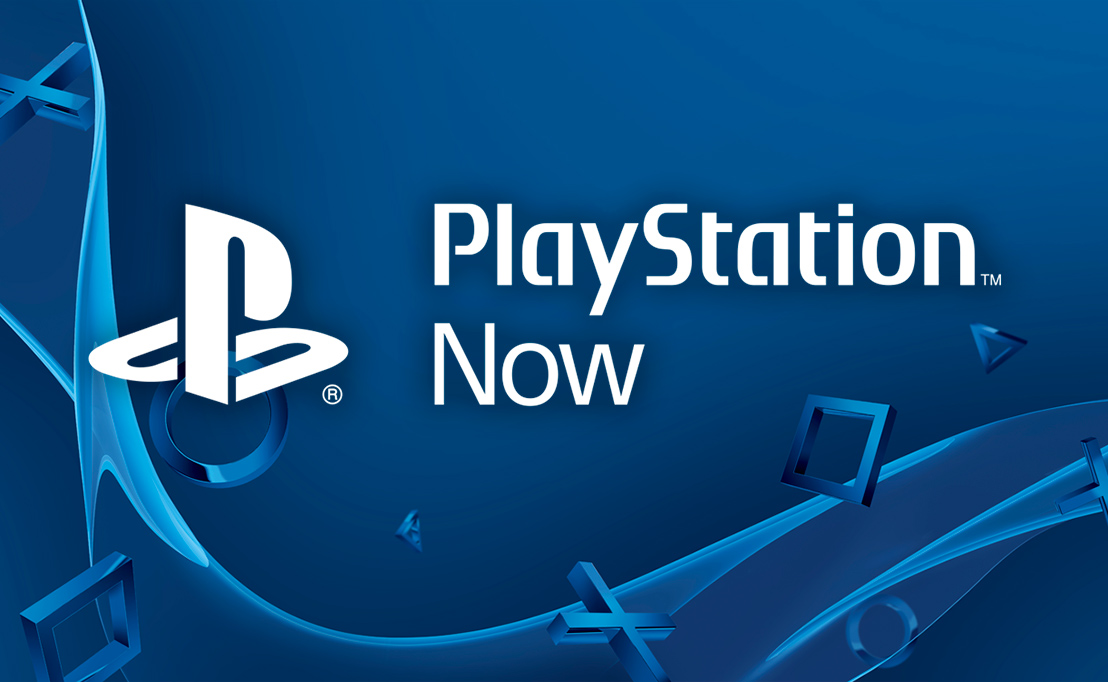With Microsoft’s partnership announcement with Oculus yesterday and the notion of being able to stream Xbox One games to the Oculus Rift using the integrated Windows 10 operating system, there’s wonder if Sony will follow similar plans with its Morpheus virtual reality headset which also aims to release next year in 2016. Looking at the current state of play, it’s obvious the infrastructure is already in place and the technology capable of delivering 2D VR experiences to head mounted display devices. If we look at the currently available Samsung Gear VR which is powered by the Galaxy Note 4 or recently released S6/S6 Edge mobile phones, these already have the option to stream video content using applications such as Milk VR. Sony is already testing the waters with its Playstation Now rental service which allows users to rent games and stream them without having to download or utilize the PS4 hardware in the same way as actually installing and running the game locally. With this ideal in mind it seems it’s an obvious step forwards to offer the service using Morpheus as well. Whether this could extend to PS4 titles is up for debate, but if we look at how creating a VR environment on mobile devices is possible, then with the added power of the PS4 should be feasible in theory and to go even further the possibility of having them display directly to Morpheus. The question has to be asked though, is this what gamers want or expect from VR?
The biggest hurdle for VR games is maintaining consistent high frame rates and rendering two images to create fully immersive 3D experiences. This has been proven to require quite a bit of processing power, hence why we’re seeing relatively high specs CPU/GPUs requirements for the Oculus Rift and HTC Vive. It’s also why we’ve not seen high quality graphics in the VR games that are currently available for the Gear VR. However, in replicating 2D content which does not require as high resources, it’s highly probable that this is something more obtainable as an added feature alongside fully fledged VR experiences. As with any new tech, there’s always an initial gestation period where content is lacking during the launch period, so having a feature that does not require huge development resources makes sense and is something that could be offered right out of the gate – hence the Microsoft/Oculus announcement yesterday. In this regard it makes sense that Sony would follow suit and produce a home cinema screen VR app that allows gamers the option of switching to the larger screen to play their favourite games. With Microsoft focusing on its AR Holo Lens device, yesterday’s announcement comes as no surprise but does mean Xbox One owners looking for a VR experience will need a Windows 10 PC to jump in. Sony has an advantage here with its well established Morpheus plans leaving the ball firmly in its court but only time will tell how much they use this considering VR is quite a hard sell at the moment.
One of the greatest struggles for VR at present for Microsoft/Oculus and Sony is convincing sceptical gamers to spend their time playing 2D content in VR when they can already play games comfortably without having to attach a device to their heads (and fork out additional costs for hardware). There’s an obvious issue of image degradation which can’t be ignored, and if we’re looking at streaming games also there’s latency and visual artefacts to contend with as well. Having been well versed in watching 2D and 3D movies using the Rift DK 2 and Gear VR, in our view there’s quite a toss up between having the larger screen versus the loss of quality. Having a large screen fill one’s field of view does help with immersion even in 2D and that’s something you can’t replicate so well in the real world unless you can afford expensive home cinema equipment or enjoy pressing you face up close to a TV set. If the consumer versions of the Rift and Morpheus eliminate things like the screen door effect seen in current devices and maintain a high quality image that is comparable to 720p and higher, then it’s likely many gamers will see the benefit of using VR devices to watch and play games once they actually try it first hand. The problem is, getting those same people to actually try out VR in the first place where much negativity will take precedence such as motion sickness, comfortability and possible eye strain. If we look at how 3D gaming hasn’t really been the massive boom that was expected, VR is going to be even harder to sell especially as it’s more of a solitary experience compared to standard 3D. What’s likely is early adopters will have to make much noise about how great VR is to the point of enticing non-believers to at least give it a go. Gamers might not initially see the benefits from watching or hearing about others experiences so will need to have an outlet where they can try it first hand. So far, it doesn’t seem there is such a place and we can’t imagine consumers queuing up to sample VR booths in Best Buy either.
We’re on the cusp of a VR revolution which is great for those people who are already sold on the idea. As with all new technologies there’s always going to be a handful of loyal devotees flying the flags. But there’s also a massive gambit which commercially might not pay off if the wider community sees current VR as another gimmick which turns out to be an expensive and ill-supported feature. E3 and the following months are going to be a turning point for VR where proving its worth is key to its future over the longer term.





